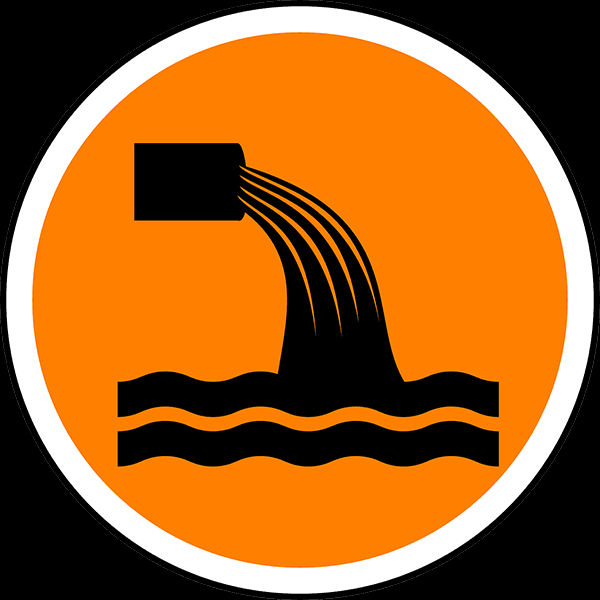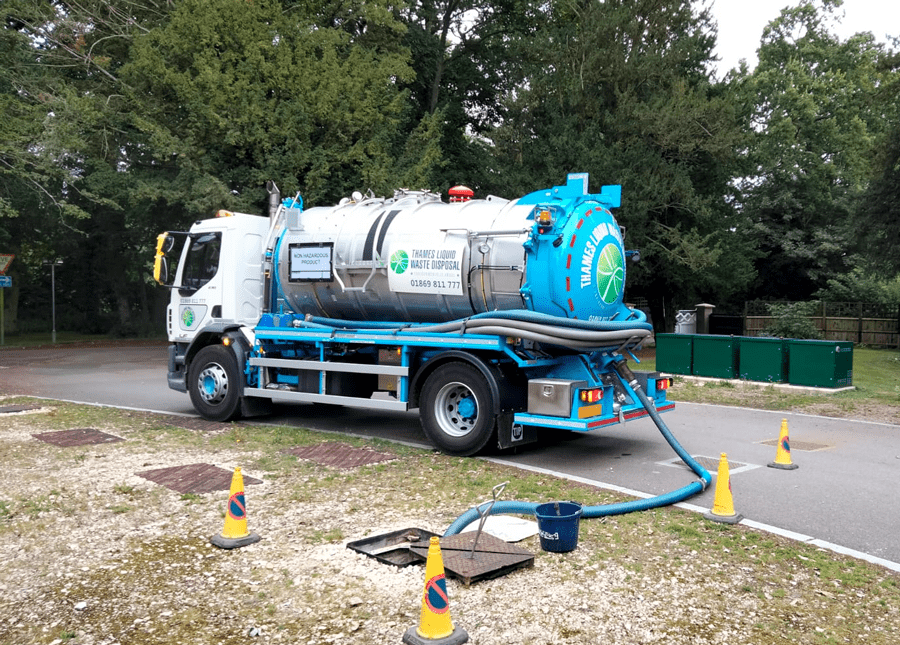The smart Trick of Reclaim Waste That Nobody is Talking About
The smart Trick of Reclaim Waste That Nobody is Talking About
Blog Article
The Best Guide To Reclaim Waste
Table of ContentsThe Only Guide for Reclaim WasteHow Reclaim Waste can Save You Time, Stress, and Money.Reclaim Waste Things To Know Before You Get ThisThe Main Principles Of Reclaim Waste The Facts About Reclaim Waste Uncovered
Domestic sewer waste refers to the waste and items from a household septic container. The appropriate management and disposal of residential sewer waste need fluid waste to be transferred to a sewer therapy plant where the proper techniques and equipment are applied to detoxify and dispose of waste.
Commercial waste usually includes possible hazards, such as flammable products or a mixture of liquid and strong waste products, and requires a much more advanced and in-depth disposal process. The disposal of industrial waste typically involves the purification of waste before transportation to make sure secure and proper disposal. Industrial waste is produced from results and runoff of industrial procedures and manufacturing.
This type of waste can not make use of the same sewage administration transport or procedures as septic or business liquids. The hazardous waste administration procedure needs the inspection and screening of fluid waste prior to it undertakes the disposal procedure (liquid waste disposal). Runoff waste is the liquid waste that comes from runoff and excess stormwater in very booming locations or cities
Runoff waste can cause contamination and flooding if not managed properly. Making sure correct waste administration can avoid catastrophes and minimize ecological harm.
The Main Principles Of Reclaim Waste
Call PROS Services today to discover our waste monitoring and disposal services and the appropriate means to take care of the fluid waste you produce.
(https://reclaimwaste1.bandcamp.com/album/reclaim-waste)This supposed 'wastewater' is not only an essential source but, after treatment, will be launched to our land, rivers or the sea. Utilized water from commodes, showers, bathrooms, cooking area sinks, laundries and commercial processes is understood as wastewater.

water utilized to cool down equipment or clean plant and devices). Stormwater, a kind of wastewater, is overflow that moves from agricultural and city areas such as roof coverings, parks, gardens, roadways, paths and gutters right into stormwater drains, after rainfall. Stormwater moves without treatment straight to local creeks or rivers, at some point getting to the ocean.
How Reclaim Waste can Save You Time, Stress, and Money.
In Queensland, the majority of wastewater is treated at sewage treatment plants. Wastewater is transported from domestic or industrial sites through a system of sewers and pump stations, called sewage reticulation, to a sewer therapy plant. Neighborhood governments build, maintain and operate most sewer therapy plants. Operators are licensed under the Environmental Management Act 1994 to discharge treated wastewater at an acceptable environmental requirement into waterways.
The Division of Natural Resources suggests regional governments about managing, operating and preserving sewerage systems and treatment plants. In unsewered locations, city governments might call for owners to mount private or family sewer therapy systems to deal with residential wastewater from bathrooms, kitchen areas, shower rooms and laundries. The Division of Natural Resources authorizes using house systems when they are verified to be efficient.
In some brand-new neighborhoods, therapy of some stormwater to eliminate litter, sand and crushed rock has started utilizing gross pollutant traps. Wastewater treatment takes place in four phases: Removes solid issue.
Makes use of tiny living organisms understands as micro-organisms to damage down and remove continuing to be liquified wastes and fine bits. Micro-organisms and wastes are integrated in the sludge.
Getting The Reclaim Waste To Work
Nutrient elimination is not offered at all sewage treatment plants because it requires expensive specialised tools. Clear fluid effluent generated after treatment may still have disease-causing micro-organisms - liquid waste removal melbourne.

This normally suggests wastewater needs to be treated or contaminants eliminated prior to it can be released to rivers. A lot of wastewater streams into the sewage system. Under the Act, city governments provide approvals and permits for eco pertinent activities (ERAs) including wastewater releases that might have a local influence. The division provides authorizations and licences to Periods including wastewater releases that might have a local or statewide effect.
Fascination About Reclaim Waste
Monitoring offers factual info regarding water high quality and can verify that permit problems are being satisfied. The info acquired with surveillance provides the basis for making water quality decisions.
Report this page